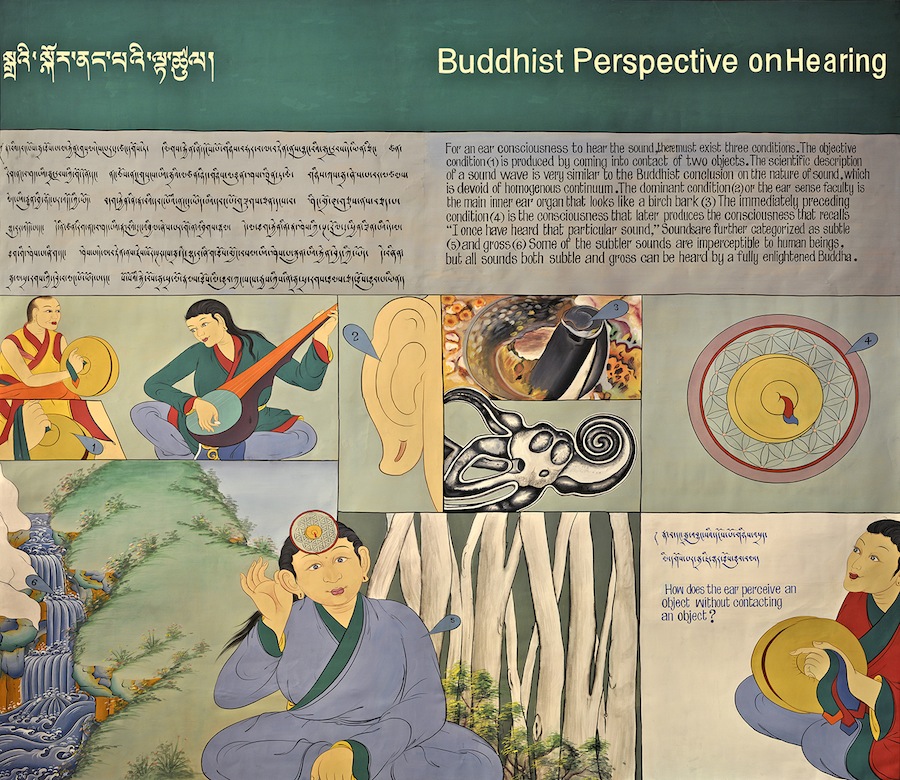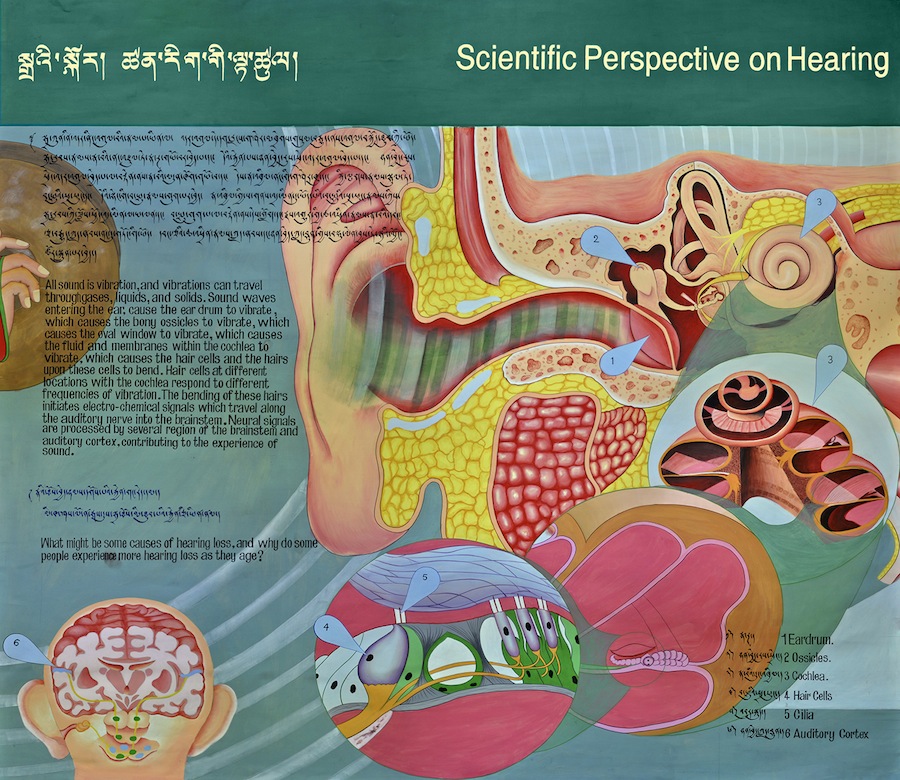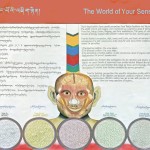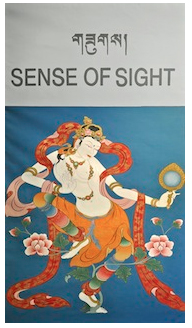Buddhist Perspective

For an ear consciousness to hear the sound, there must exist three conditions. The objective condition is produced by coming into contact of two objects. The scientific description of a sound wave is very similar to the Buddhist conclusion on the nature of sound, which is devoid of homogenous continuum. The dominant condition or the ear sense faculty is the main inner ear organ that looks like a birch bark. The immediately preceding condition is the consciousness that later produces the consciousness that recalls, “I once have heard that particular sound.” Sounds are further categorized as subtle and gross. Some of the subtler sounds are imperceptible to human beings, but all sounds both subtle and gross can be heard by a fully enlightened Buddha.
How does the ear perceive an object without contacting an object?
Western Perspective

All sound is vibration, and vibrations can travel through gases, liquids, and solids. Sound waves enter the ear, causing the ear drum to vibrate, which causes the bony ossicles to vibrate, which causes the fluid and membranes within the cochlea to vibrate, which causes the hair cells and the hairs upon these cells to bend. Hair cells at different locations with the cochlea respond to different frequencies of vibration. The bending of the these hairs initiates electro-chemical signals which travel along the auditory nerve into the brainstem. Neural signals are processed by several regions of the brainstem and auditory cortex, contributing to the experience of sound.
What might be some causes of hearing loss, and why do some people experience more hearing loss as they age?
 |
| Return to the intro |





